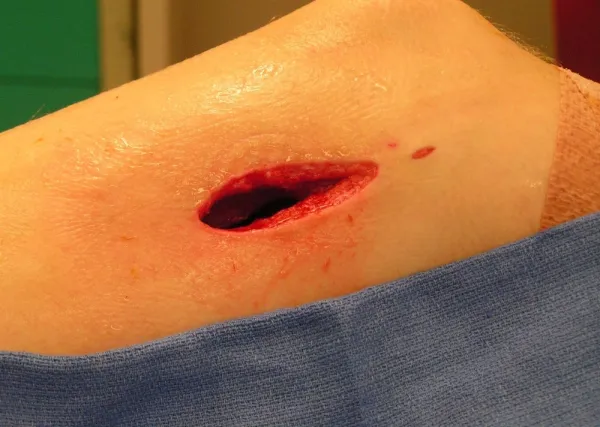Adopt These Tips To Improve Your Add-On Code Success
Beware of modifier 51 for add-on procedures.
Add-on codes can augment your payment for additional procedures that your surgeon does; if you’re omitting or adding these improperly, chances are you’re losing deserved pay with every claim. Read on for a refresher on reporting the base code and accurately documenting the indication and the procedure for add-ons to unblock jammed payment.
Don’t Overlook Primary Procedure
Remember that an add-on code cannot be a standalone code. You will need an accompanying primary procedure code. An add-on code hence is indicative of an additional intra service work that your clinician does in a single session or patient encounter.
An example is the add-on code +29826 (Arthroscopy, shoulder, surgical; decompression of subacromial space with partial acromioplasty, with coracoacromial ligament [i.e. arch] release, when performed [List separately in addition to code for primary procedure]) for shoulder arthroscopy.
Some common arthroscopic primary procedures include the arthroscopic distal clavicle excision, arthroscopic rotator cuff repair, and arthroscopic debridements. “The add-on code +29826 is allowed with the following CPT® codes:
Exception: You will come across a number of add-on codes which are not listed with the codes of the primary procedure. In these instances, you will look to confirm which code needs to be listed as primary with the add-on code. An example is the E/M code 99356 (Prolonged service in the inpatient or observation setting, requiring unit/floor time beyond the usual service; first hour [List separately in addition to code for inpatient Evaluation and Management service]). CPT® mentions that this code be reported only in conjunction with 99218-99220, 99221-99223, 99224-99226, 99231-99233, 99251-99255, 99304-99310, 90822, 90829.
Avoid Modifier 51
You should never append modifier 51 (Multiple procedures) to an add-on code that you are reporting. Do not add the 51 (Multiple procedures) modifier to an add-on code.
Example 1: You do not bill multiple units of some codes like 69990 (Microsurgical techniques, requiring use of operating microscope [List separately in addition to code for primary procedure]) in one single operative session. In other words, you report only one unit of +69990 regardless of how many times your surgeon uses the operating microscope in a single session.
There are however codes that can be reported as multiple units. “Codes such as 22614 (Arthrodesis, posterior or posterolateral technique, single level; each additional vertebral segment [List separately in addition to code for primary procedure]) and 26861(Arthrodesis, interphalangeal joint, with or without internal fixation; each additional interphalangeal joint [List separately in addition to code for primary procedure]) can be reported more than once — 22614 for each additional segment and 26861 for each additional IP joint,” says Heidi Stout, BA, CPC, COSC, PCS, CCS-P, Coder on Call, Inc., Milltown, New Jersey and orthopedic coding division director, The Coding Network, LLC, Beverly Hills, CA.
CPT® clearly specifies, “All add-on codes found in the CPT® book are exempt from the multiple-procedure concept.”
Example 2: You may read that your surgeon did an arthroscopic extensive intra-articular (glenohumeral) debridement with acromioplasty. In this case, you report codes 29823 (Arthroscopy, shoulder, surgical; debridement, extensive) and +29826 and you do not append the modifier 51.
Example 3: You should not append modifier 51 (Multiple procedures) to +20930
(Allograft, morselized, or placement of osteopromotive material, for spine surgery only (List separately in addition to code for primary procedure) - +20938 (Autograft for spine surgery only [includes harvesting the graft]; structural, bicortical or tricortical [through separate skin or fascial incision] [List separately in addition to code for primary procedure]). Spinal bone grafts are add-on procedures associated with a definitive spine surgery. Bone graft codes are modifier 51 exempt because they are add-on codes and need to be reported with the arthrodesis codes.
Earn Your Deserved Payment
Make sure your payment is in accordance to the fee schedule rate. Note that the fee schedule amounts assigned to add-on codes already reflect their status as “additional procedures.” The logic of reduction of payment for the second and other following procedures when the surgeon does multiple procedures does not apply to the add-on procedures. You can go ahead and appeal your claims if your payment has been reduced or denied for an add-on code. You can cite in support the CPT® definition of add-on codes as ‘additional procedures exempt from modifier 51 rules.’ “The CPT® definition of add-on codes can be found in the Introduction section of the CPT® Manual and a complete list of add-on codes is found in Appendix D,” adds Stout.




